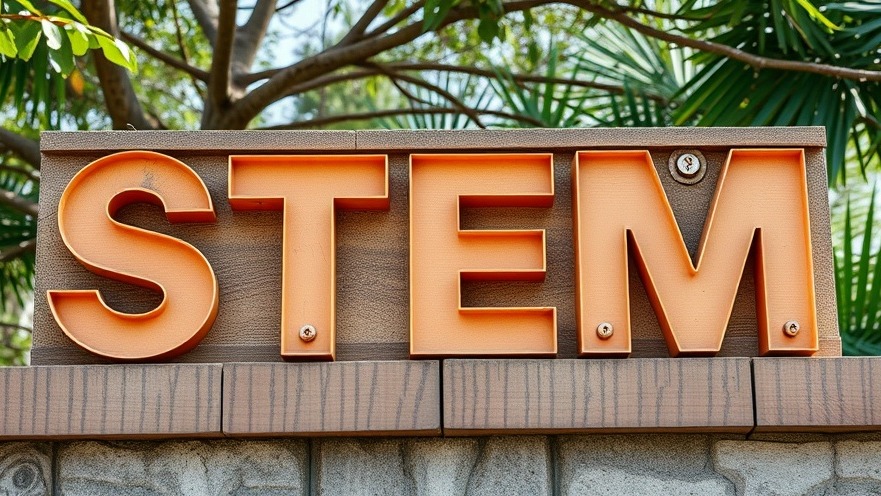
Texas High School Students Show Mixed Results in STAAR Scores
Recent data from the State of Texas Assessments of Academic Readiness (STAAR) exam reveals a complex picture of Texas high school students' academic performance. While there have been encouraging gains in the STEM subjects of Algebra and Biology, significant challenges remain in literacy and history.
Positive Trends in STEM Fields
The latest results show that 47% of students met grade-level expectations in Algebra I, marking a two percentage point increase from last year. Education policy experts suggest that this growth aligns with Texas' workforce goals as the state aims to enhance its STEM education initiatives. Gabriel Grantham, a policy adviser at Texas 2036, emphasized how success in Algebra is crucial for future job prospects, stating, "Success in Algebra I is super predictive of post-secondary attainment, credential attainment, and post-secondary success." This significant correlation underscores the importance of expanding math proficiency among students.
Biology Scores on the Rise
The percentage of students meeting grade-level expectations in Biology has also increased to 62%, a notable five percentage points higher than last year. This growth includes improvements among economically disadvantaged students and those receiving special education services. However, Grantham points out that nearly half of the students are still falling short of grade-level expectations, indicating a continued need for targeted educational interventions.
The Struggle With Literacy
Despite gains in STEM, STAAR scores reveal persisting concerns in English and U.S. History. This year, only 51% of students met the standard in English I, a drop of three percentage points from last year, while English II saw a decline to 56%. Additionally, U.S. History proficiency fell to 68%. These declines highlight the ongoing challenges in literacy that educators must address if Texas intends to lead in education.
Context: Legislative Actions and Future Goals
During the 2023 legislative session, lawmakers aimed to enhance math proficiency, evidenced by the passage of Senate Bill 2124. However, the performance improvements may not fully reflect the impact of new policies, as it remains uncertain how quickly legislative changes translate into classroom successes. The ongoing debate about the relevance of the STAAR test continues, with some lawmakers advocating for its repeal due to concerns over its effect on instructional time.
Future Directions for Texas Education
While the current STAAR results indicate growth in specific areas, they also emphasize the need for a dual focus on both strengthening STEM education and enhancing literacy skills. As critical areas of deficiency are identified, stakeholders in education must develop more comprehensive strategies to ensure that all students, particularly those from disadvantaged backgrounds, can achieve the level of proficiency necessary to succeed academically and professionally. The call to action is clear: continuous improvement in literacy and history education is essential to complement gains in STEM fields, ultimately equipping Texas students for a competitive workforce.
Takeaway: Engaging with the Future of Education
The mixed bag of STAAR scores serves as a reminder of the imperative to maintain high educational standards and accountability in Texas. Students' futures hinge on the support they receive today in various subjects. As parents, educators, and policymakers, it is crucial to engage in dialogue and action that fosters improvement across all areas of education.
 Add Element
Add Element  Add Row
Add Row 



Write A Comment